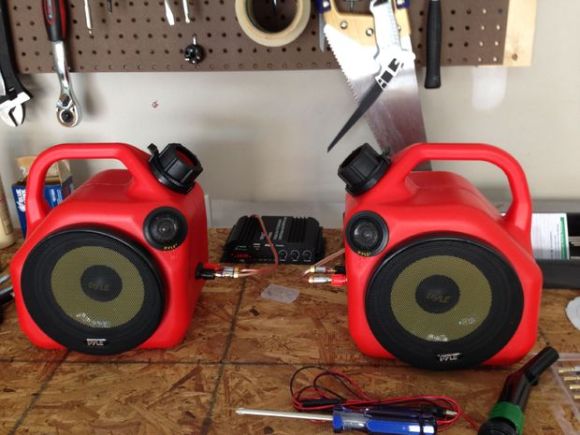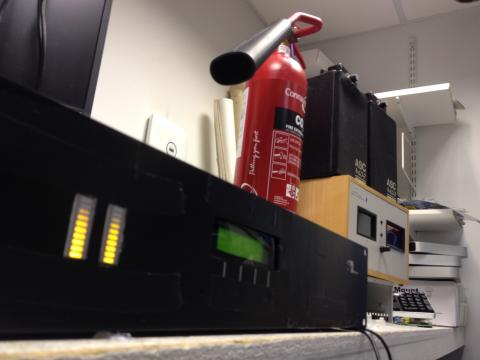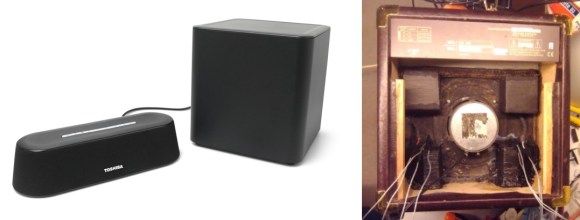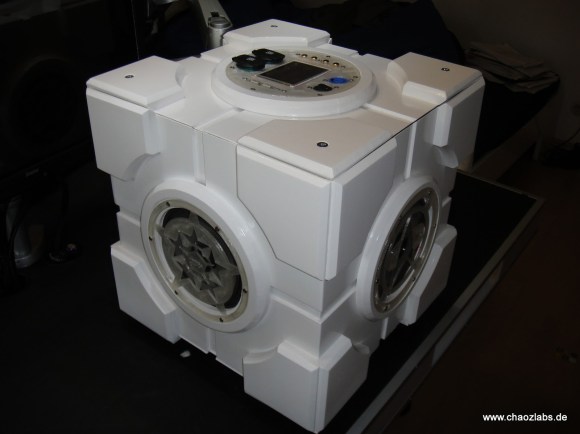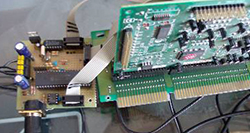
Before the days when computers could play and record audio that far surpassed the quality of CDs, sound cards were very, very cool. Most audio chips from the 80s, from the Commodore SID is pretty much a synth on a chip, but you can also find similar setups in ancient ISA sound cards. [Emilio] pulled one of these cards with an ADLIB OPL2 chip on it, and used a PIC micro to create his very own FM synthesis synth (IT, translatatron, although Google is screwing up the formatting).
The Yamaha YM3812 chip, otherwise known as the OPL2, was a fairly complete synthesizer in a very tiny package using FM synthesis for some very unique sounds. Once [Emilio] had the PIC sending commands to the sound chip, he added MIDI support, allowing him to play this vintage ‘synth on a chip’ with a keyboard instead of a tracker.
Judging from the video below, it sounds great, and that’s with [Emilio] mashing the keys for a simple demo.


